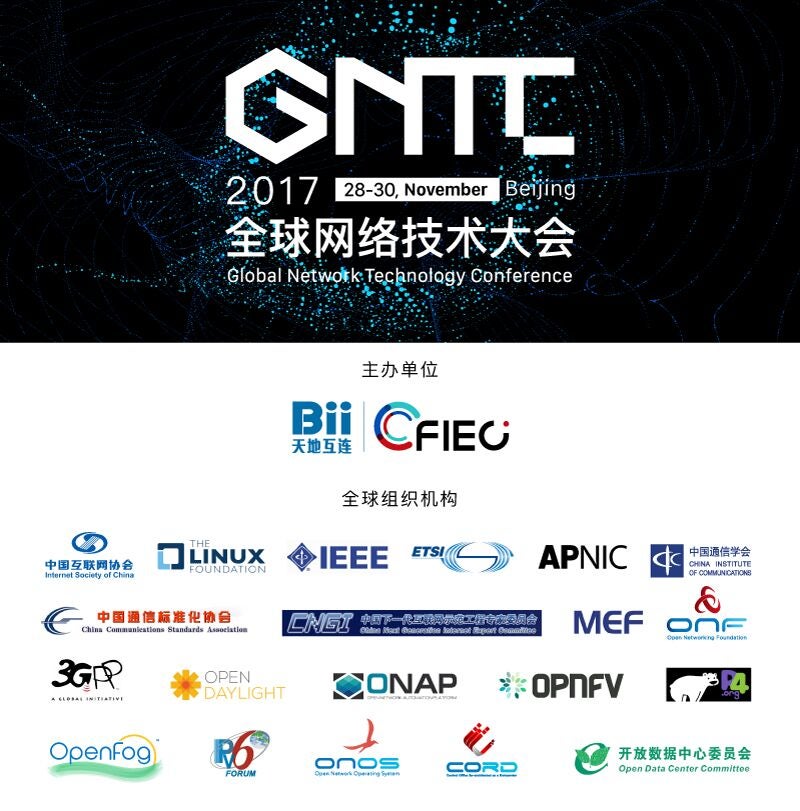At present, the IPv6 network has become the forerunner for countries to promote the new technological industry revolution and reshape the long-term national competitiveness, and countries in the world have accelerated the pace of transition to IPv6. At the same time, the number of IPv6 users has also exploded in the recent two years, and the development of IPv6 which has been quite for all these years has been significantly improved. However, the introduction of the IPv6 action plan will undoubtedly add a powerful impetus to the IPv6 industry which has been well prepared, and will speed up the pace of overall deployment for China’s future Internet in every aspect.
As an important part of network infrastructure, the Domain Name System (DNS) has been frequently attacked in the past three decades due to its “particularity”, and top-level domain failure, DNS hijacking and large-scale DNS attack happen occasionally, greatly affecting the global Internet industry. At present, most public DNSs that enhance user experience and ensure network security support IPv4 only, which is one of the problems constantly criticized by IPv6 users. To fully facilitate the development of IPv6, BII relies on the self-developed high-performance IPv6 DNS system to provide the public free DNS services, during which DNS: 240c :: 6666 is the first choice and DNS: 240c :: 6644 is the alternate.
BII is the only state-level engineering research center in the field of China’s future Internet and it has been always devoted to the research and promotion of IPv6 future Internet and other industrial fundamental and key technologies of IPv6 over the years. However, the introduction of the IPv6 Public DNS will undoubtedly provide global IPv6 users an excellent choice for optimizing the Internet experience, and the three major characteristics, namely, precision and rapidness, security and stability and DNS64, will fully guarantee the efficiency and stability of IPv6 network.
BII has deployed recursive nodes in many places around the world, such as Beijing, Guangzhou, Lanzhou, Wuhan, Chicago, Fremont, London and Frankfurt. It applies the IPv6 BGP Anycast method to deployment, so that the users can have nearby access and the access delay of domain names resolved to the root server is significantly reduced, as a result of which the speed can be greatly protected. Not only that, IPv6 Public DNS will take the initiative to synchronize the com/ net domain name, cache hotspot domain name and so on to reduce the recursive process to maximize the rapid response.
With regard to security, IPv6 Public DNS supports single-IP resolution speed limit, and security restrictions can be used to effectively prevent malicious attacks, so that users’ access security will be protected in real time. Meanwhile, IPv6 Public DNS also supports DNSSEC security resolution and verification, so that the users will not be hijacked in the access process, and neither malicious jumps nor mandatory advertisements will appear.
At the same time, IPv6 Public DNS specifically provides DNS64 resolution service to facilitate the real needs of IPv6 users to access IPv4-related services, that is, the resolution system can also respond to the request for pure IPv4 network resource resolution by pure IPv6 users, which can also avoid the trouble to some extent that the content has not be fully transformed and upgraded during the transition period from IPv4 to IPv6.
President of BII Liu Dong revealed, “The early and rapid development of IPv6 network is a key measure for China to seize the initiative of the global Internet. The construction and promotion of public infrastructure is not only a prerequisite for the large-scale deployment of IPv6, but the vision and direction of the Center over the years. The global free services provided by IPv6 Public DNS not only provide global IPv6 users a faster and more secure choice, but hope to facilitate the full promotion of the deployment of IPv6 future Internet in China.”











